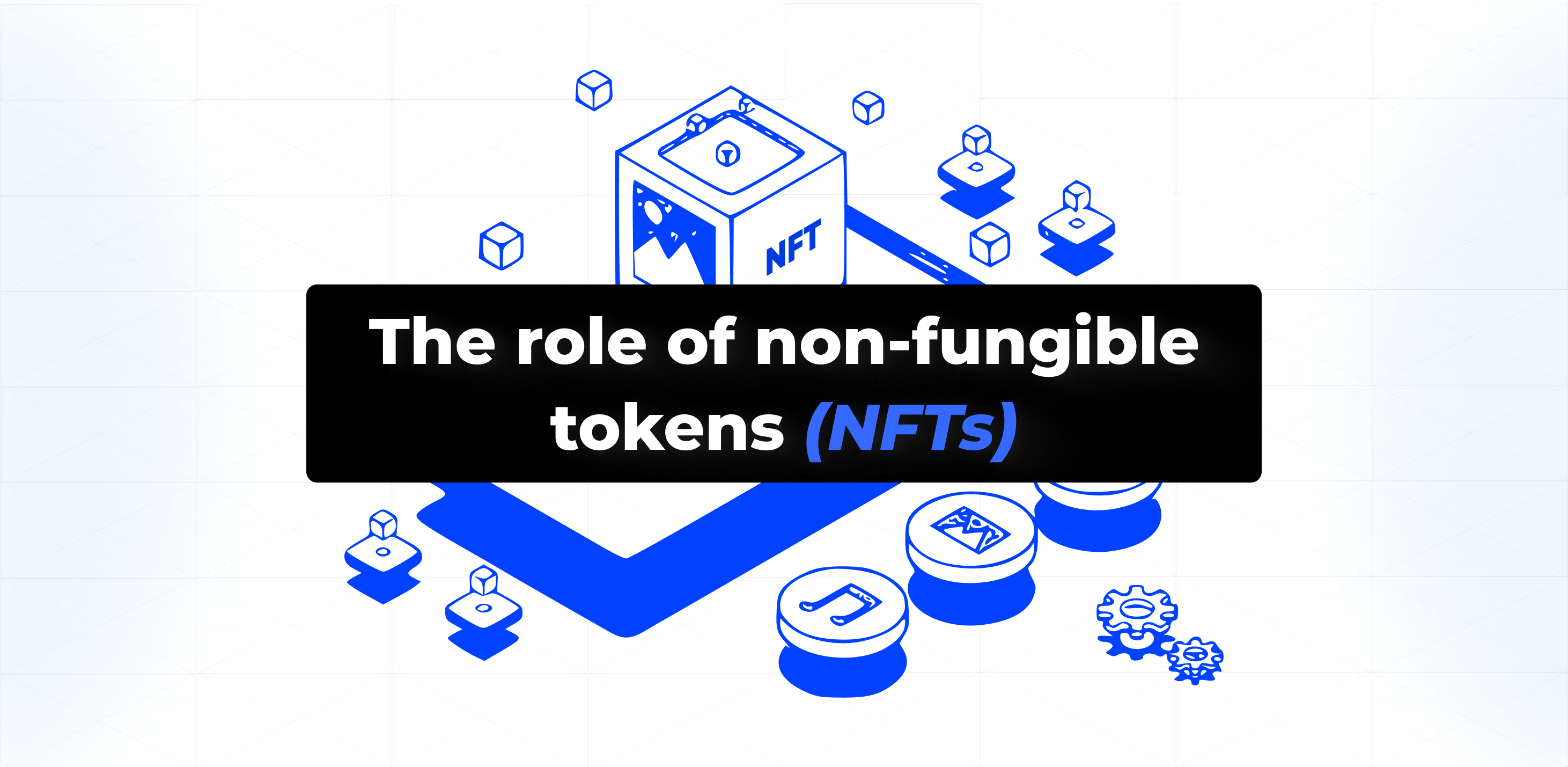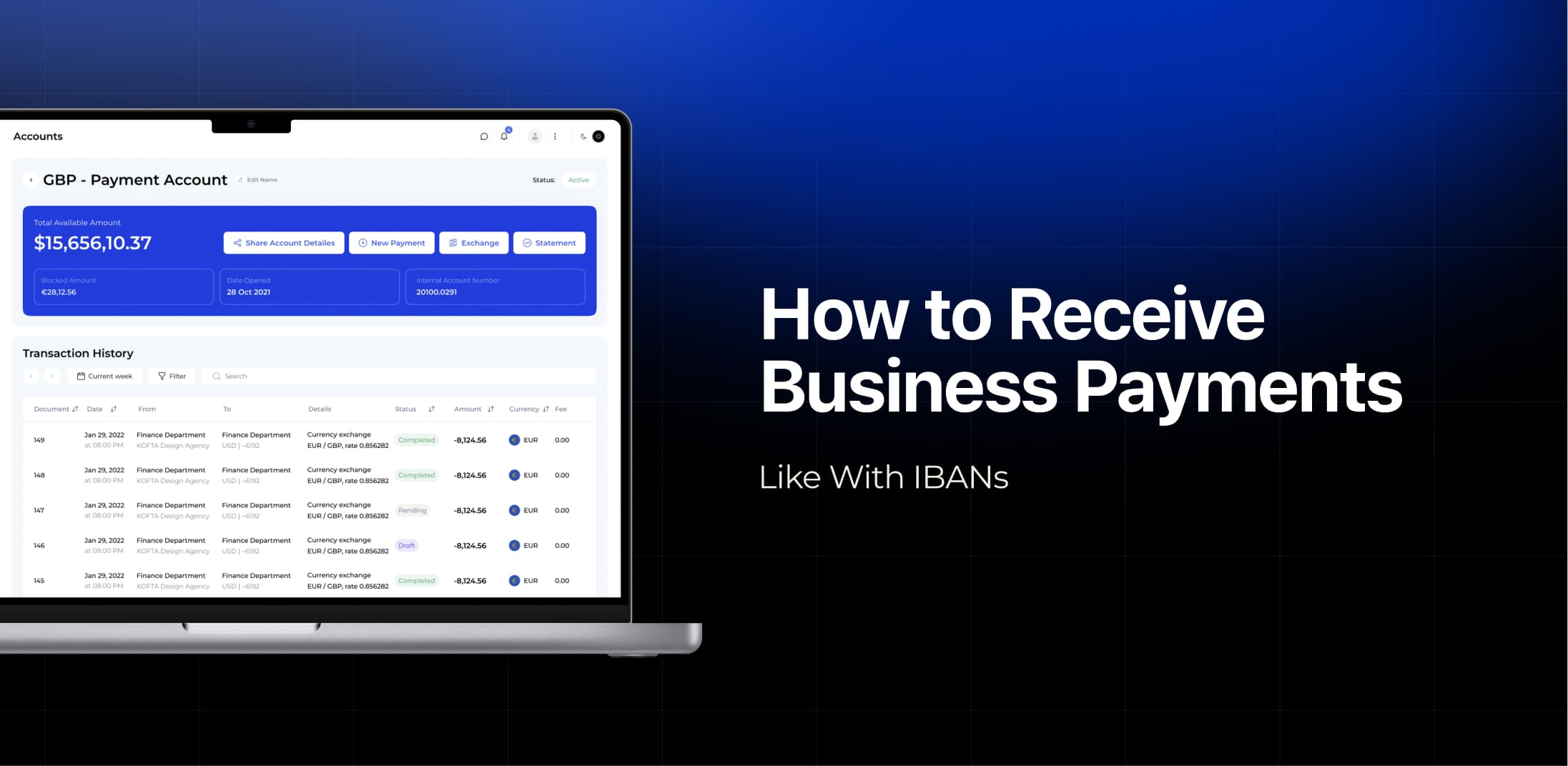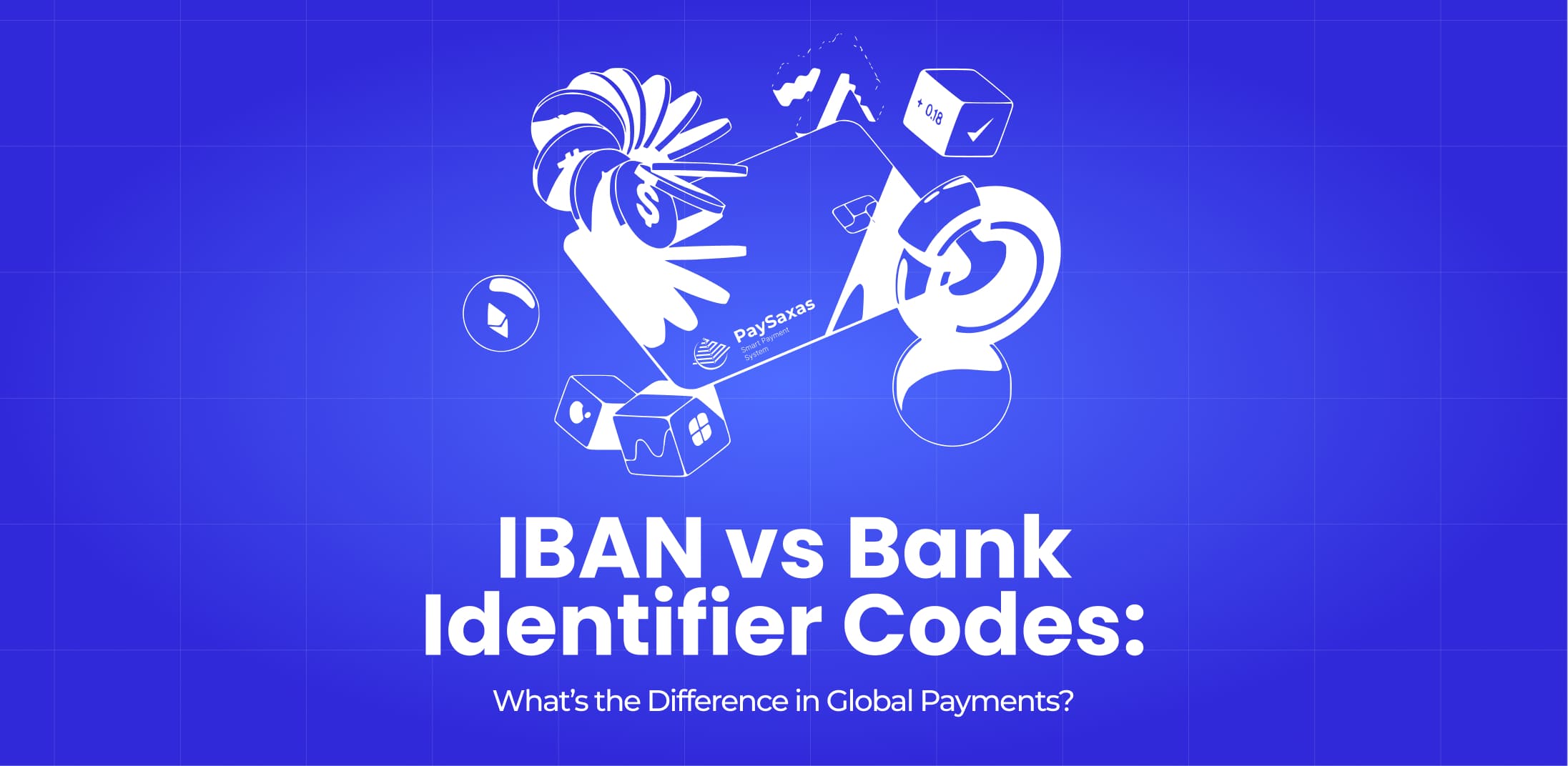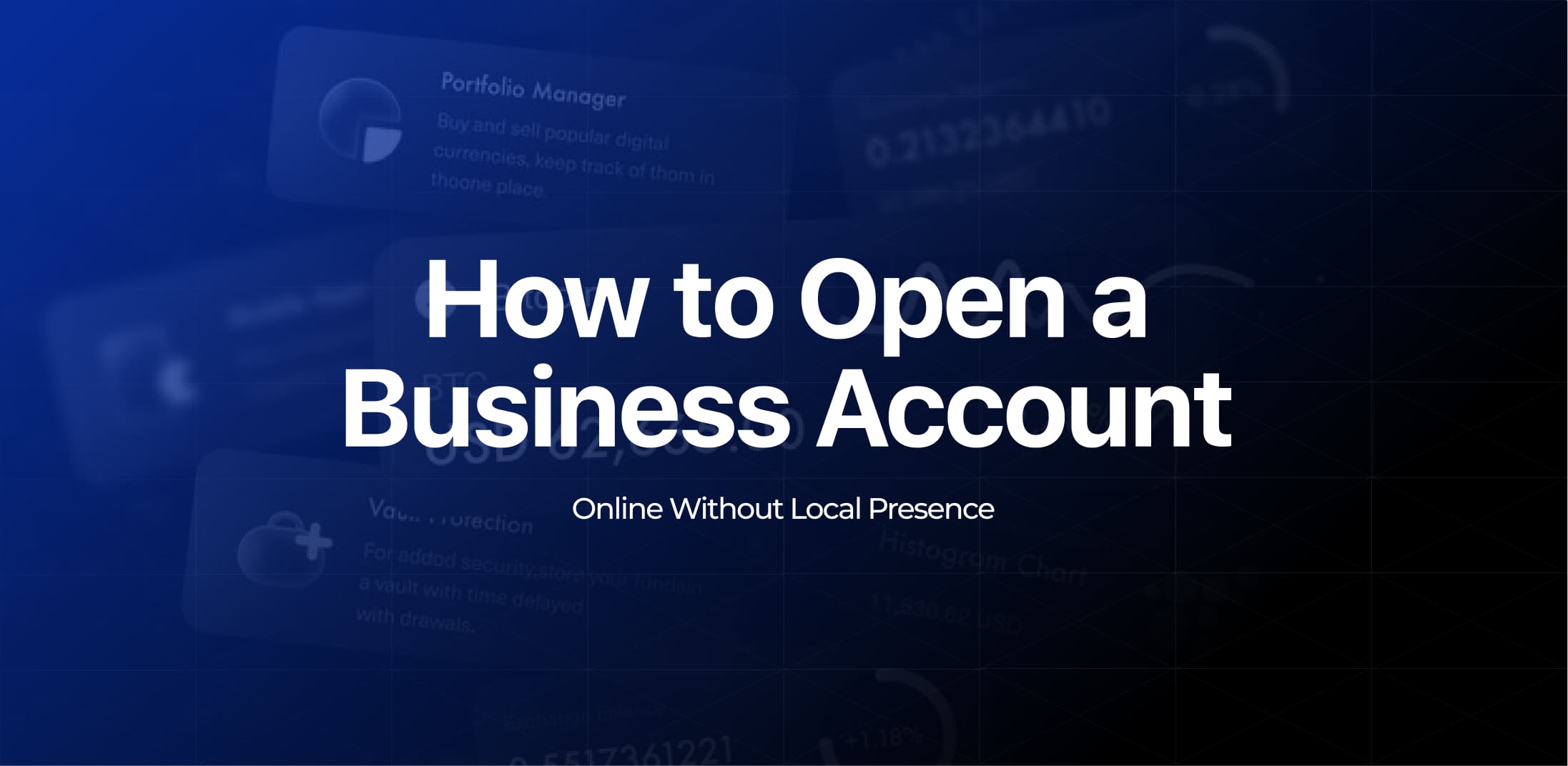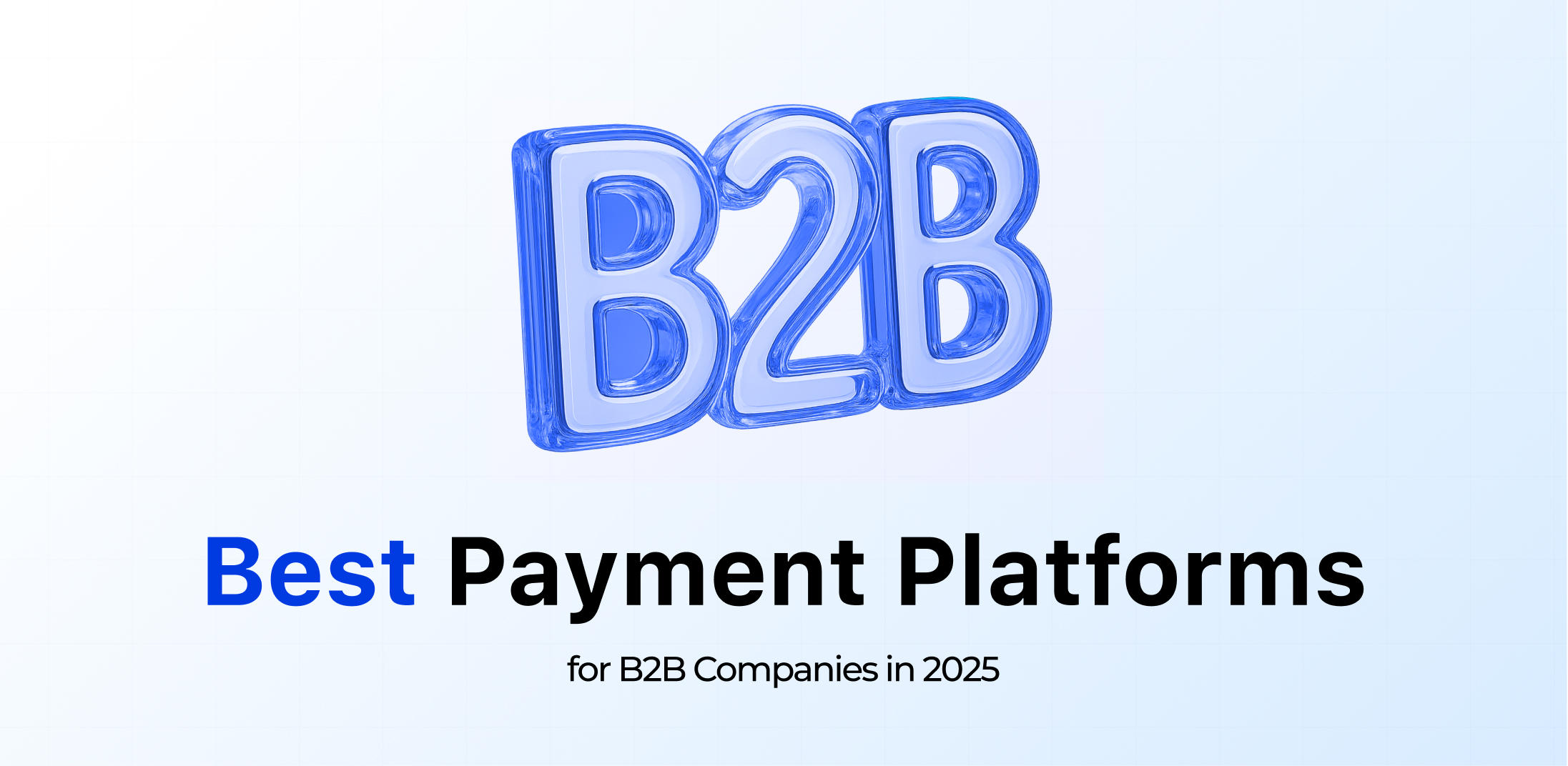The year 2021 is one we all remember thanks to two new terms: meta-universe and NFT. At the time, it seemed unreal to us. But today it’s already part of modern life. People are creating, buying, and collecting NFTs, forming entire communities and platforms.
This technology is being used to develop businesses and attract customers. Moreover, this resource began to be used for monetary transactions. So let’s find out together what is NFT payment. How to do NFT payment? The PaySaxas expert team is ready to share their knowledge on this topic.
Understanding non-fungible tokens (NFTs)
NFTs are digital assets that represent valuable collectibles such as artwork, music, and games or membership tokens. They have a unique identity encryption that is created and verified using the same blockchain technology as cryptocurrency. NFTs are not interchangeable. This means that each version is unique to its holder.
For example, there are several £50 in circulation, but there is only one Mona Lisa. Thanks to blockchain technology, a valuable asset, such as a painting of the Mona Lisa, can be tokenized and sold on an exchange. Today, NFT payment is gaining popularity. This is another method of exchanging funds and a way of cooperating in business.

History and evolution of non-fungible tokens (NFTs)
While most of us learned about the NFT in 2021, its story began much earlier. It all started with the first NFT, which was called Quantum. It was created by Kevin McCoy on Namecoin in 2014 and was the first-ever blockchain-based game. Later, in 2016, an NFT called Rare Pepes came out, which launched the first crypto-art marketplace.
However, these projects did not achieve widespread popularity. They remained largely unknown to all but those well-versed in cryptocurrency and blockchain technologies. For people unfamiliar with NFTs, they only became more popular in 2017. Around the same time, the first NFT collections were launched on the Ethereum blockchain. Previous blockchains made trading and transferring ownership much more complicated.
Then it became mainstream, and market giants of various niches started using a NFT payment solution in their projects. For example, Coca-Cola created NFT for their products, Hot Wheels and Adidas made NFT that was associated with their line of toys and things. Even a fashion house like Gucci has created its own NFT collection.
How NFTs work: The technology behind the tokens
NFTs and the blockchain networks in which they exist use the principles of cryptography and computer science to securely store and exchange information. The exchange takes place directly between people without the need for centralized control and verification. Currently, there are several platforms that, among other things, allow you to place tokens, including those created by yourself.
In fact, there is nothing complicated about it, you just need to use a unique file with content and a crypto wallet. As soon as the user uploads the digital file, it will convert it into a blockchain entry. And that’s it, the token is created. It can now be placed on various auctions to be sold for a fee. In some cases, the number of downloads is limited by the owner, thus increasing the value of the NFT. After all, the fewer people who own it, the higher its value.
But regardless of the number of downloads, not only the owner of the file receives its fee, but also the platform where the NFT is hosted. As soon as another user wants to buy the lot, he or she contacts the creator directly and transfers the funds. He or she immediately receives a unique certificate that contains blockchain data. They can be stored on any device, not just the one where the purchase was made (smartphone, laptop, PC).

Examples of NFTs in digital payments
| Art and collectibles | Artworks can be created as NFTs and sold for digital payments. For example, digital artists can create unique artworks to be sold as NFT collections. This opens up opportunities for artists to receive direct payment for their work. |
| Virtual worlds and games | In virtual worlds and online games, NFTs can be used to buy and sell unique items, characters, land, and other digital assets. Players can purchase these assets using digital payments. |
| Music and media | Music, video, audio, and other media can be released as NFTs, allowing artists to sell unique rights to their works or even fragments of their work. |
| Real estate ownership | In some projects, NFTs are used to represent real estate ownership, such as virtual land plots in the metaverse or digital variants of real estate in the real world. |
| Digital collections and memorabilia | People can create and trade digital collections, which can include photos, videos, GIFs, and other digital assets. |
These examples show the diversity of NFT uses in digital payments and digital asset exchanges. This is further proof that the NFT payment method will work in many scenarios in your business.
Benefits of NFTs in digital payments
Here are some of the advantages of NFT in payments:
Uniqueness and authenticity
Each NFT is unique. This makes it possible to identify a specific object or content and confirm its authenticity. This makes NFTs ideal for tracking ownership of digital assets and preventing fraud.
Transparency
The blockchain technology on which NFTs are based ensures transparency and authenticity of transactions. This means that the ownership and trading history of an NFT can be verified. It is the perfect NFT payment solution.
Easy transfer of ownership
NFTs can be easily transferred from one holder to another without the need for intermediaries. This makes them an effective tool, a good option as an additional NFT payment method, and the exchange of digital assets.
Expanded opportunities
Owning an NFT can give you access to a variety of opportunities, such as participating in digital collections, voting on project development, or even receiving additional benefits in online games or virtual worlds.
These benefits make NFTs attractive for use in digital payments and the exchange of digital assets.
The process of buying NFTs
There are only three steps you need to take to buy NFT:
- Create a cryptocurrency wallet that is supported by the selected marketplace.
- Deposit your cryptocurrency wallet.
- Go to the marketplace, authorize with your wallet, and buy NFT.
When it comes to cryptocurrency exchanges, the difference will only be at the first step, as you will first have to register and verify an account with a centralized exchange. This can be quite a time-consuming process, but it has advantages as the exchanges have better protection against fraudsters. Thanks to the opportunity to purchase it, a business receives an additional payment option, such as an NFT payment method.
Popular marketplaces where you can buy NFTs:
- OpenSea
- Binance NFT
- NFT Box
- Axie Infinity
- Rarible, Foundation
When buying an NFT, be cautious and make sure that the author of the digital asset is the person whose NFT is of interest to you. Ask how much demand there is for the NFT on the market, so that you can sell it if necessary. Check the value of the NFT to see if it is overpriced.

The future of NFTs in digital payments
The possible uses of the NFT payment solution are endless. One can only guess how it will develop. Now opinions are divided: some believe that they are clearly important for the Metaverse. NFTs may be the digital equivalent of physical objects, while others may be the opposite —following the view that NFTs are just a temporary mainstream that has little future.
As a result, it will become a niche part of a larger market, similar to collectible card games and other vintage collectibles. PaySaxas experts will be covering this topic of the NFT payment in the future too so you can stay informed.
Conclusion: NFTs and their transformative role in digital payments
Summing up, it should be noted that we were able to answer the question, what is NTF? These are blockchain-based digital records of ownership and authenticity associated with a particular multimedia object. Non-fungible tokens, or NFTs, have been under scrutiny lately.
Cases of artists who have earned tens of millions of dollars by selling a single NFT are driving the growth in the number of users. According to Jefferies investment bank, the NFT industry will reach $80 billion by 2025. Thus, NFTs demonstrate one of the directions in which the financial industry can move for further development and improvement.
It depends on several factors and technologies, although its entry into the markets is stable and has a strong impact on the financial industry. Also, be sure that this NFT payment solution will soon become one of the main ones for entrepreneurs in their work. Let’s follow this direction together with the PaySaxas team.


